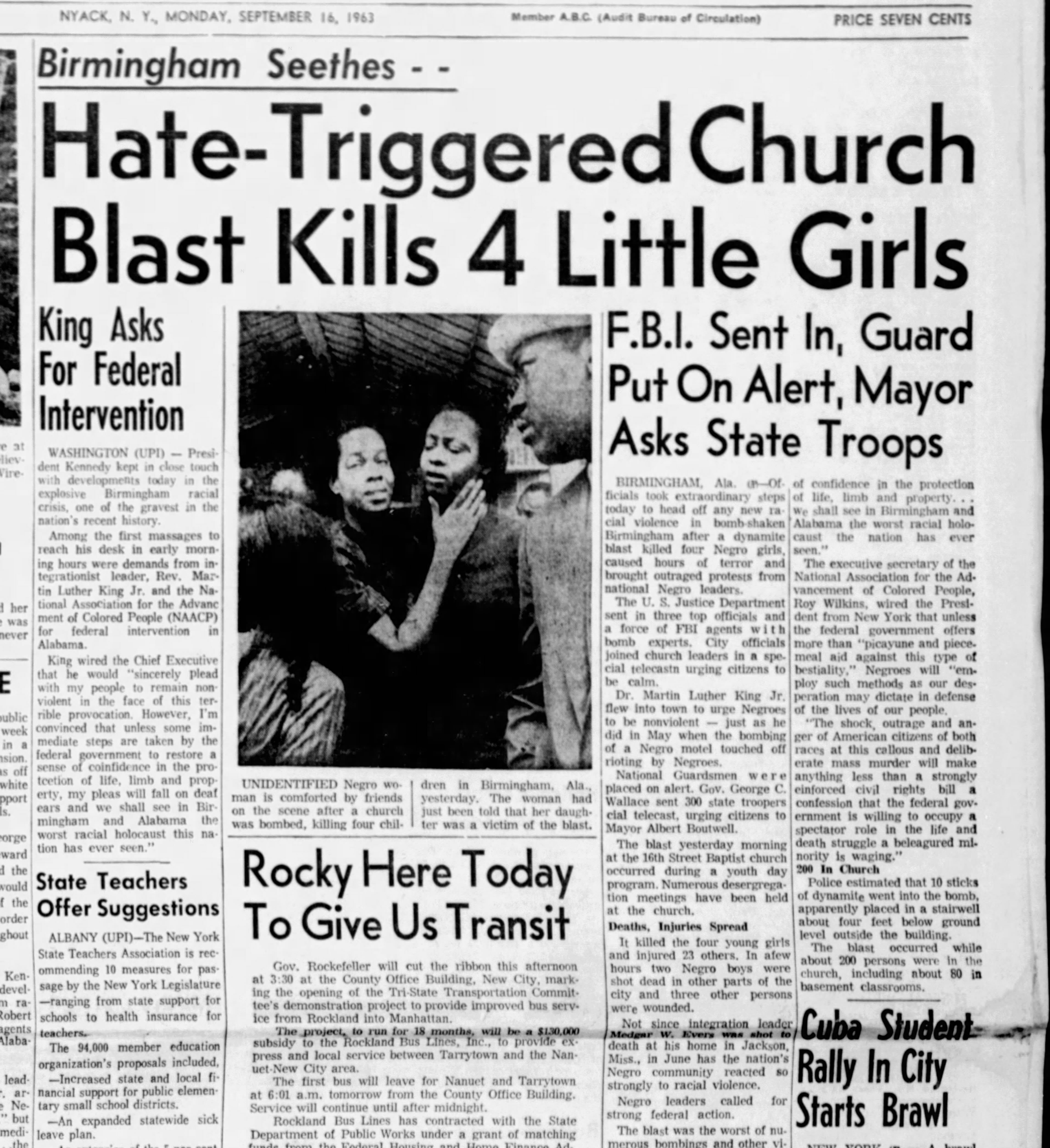The Single Strategy To Use For News Articles
The Single Strategy To Use For News Articles
Blog Article
Some Of News Articles
Table of ContentsThe smart Trick of News Articles That Nobody is DiscussingFascination About News ArticlesNews Articles for DummiesNews Articles Can Be Fun For AnyoneAn Unbiased View of News Articles
Good expertise of different topics gives trainees an affordable edge over their peers. Although digital and social networks are conveniently easily accessible, we should not fail to remember just how essential it is to read the newspapers. Moms and dads need to try and inculcate the practice of checking out a newspaper as an everyday regimen to continue the tradition of the revered print tool.Information stories additionally contain at least one of the following essential characteristics family member to the designated target market: distance, prominence, timeliness, human rate of interest, strangeness, or effect.
Within these limits, newspaper article also aim to be comprehensive. However, other factors are involved, some stylistic and some originated from the media kind. Among the larger and extra respected papers, justness and equilibrium is a major consider presenting details. Discourse is generally constrained to a different section, though each paper may have a various total angle.
Papers with a global audience, for example, have a tendency to utilize a more official design of writing. News Articles.; common style guides include the and the US Information Style Book.
Fascination About News Articles
Generally, reporters will not utilize a lengthy word when a brief one will certainly do. They utilize subject-verb-object building and brilliant, energetic prose (see Grammar). They supply stories, instances and metaphors, and they rarely depend on generalizations or abstract ideas. News authors attempt to avoid using the same word a lot more than once in a paragraph (in some cases called an "echo" or "word mirror").
Headings occasionally omit the subject (e.g., "Jumps From Watercraft, Catches in Wheel") or verb (e.g., "Pet cat lady fortunate"). A subhead (additionally subhed, sub-headline, subheading, caption, deck or dek) can be either a subservient title under the primary headline, or the heading of a subsection of the article. It is a heading that comes before the primary text, or a group of paragraphs of the primary text.

Additional signboards of any of these types might appear later on in the article (specifically on subsequent web pages) to attract more reading. Such signboards are additionally made use of as pointers to the post in other areas of the magazine or website, or as advertisements for the item in other magazine or websites. Common framework with title, lead paragraph (summary in strong), various other paragraphs (information) and call information.

Example of a hard-lead paragraph NASA is recommending another room task. The company's budget plan request, announced today, included a strategy to send out one more mission to the Moon. This time the firm wants to establish a long-term center as a jumping-off factor for other space journeys. The budget plan requests approximately $10 billion for the task.
The NASA statement came as the agency asked for $10 billion of appropriations for the project. An "off-lead" is the second crucial front page news of the day. The off-lead shows click reference up either in the leading left corner, or directly listed below the lead on the right. To "hide the lead" is to begin the write-up with background information or information of secondary relevance to the visitors, forcing them to learn more deeply into a write-up than they must need to in order to find the important factors.
Get This Report on News Articles
Usual use is that one or two sentences each develop their own paragraph. Journalists normally define the organization or framework of a newspaper article as an inverted pyramid. The vital and most intriguing components of a tale are placed at the start, with sustaining details adhering internet to in order of diminishing significance.
It allows people to explore a topic to just the depth that their interest takes them, and without the imposition of details or nuances that they could consider irrelevant, but still making that information available to more interested readers. The upside down pyramid framework additionally makes it possible for write-ups to be cut to any kind of approximate size during layout, to fit in the room readily available.
Some authors begin their stories with the "1-2-3 lead", yet there are several kinds of lead offered. A kicker can refer to numerous things: The last story in the information broadcast; a "satisfied" story to end the program.
Longer short articles, such as publication cover posts and the pieces that lead the within sections of a paper, are understood as. Feature tales differ from straight information in several means. Foremost is the absence of a straight-news lead, many of the time. Rather than offering the essence of a tale up front, attribute writers might attempt to draw readers in.
Facts About News Articles Revealed
The journalist commonly information interactions with interview subjects, making the piece extra individual. A feature's first paragraphs typically connect an interesting minute or occasion, as in an "unscientific lead". From the details of an individual or episode, its sight quickly broadens to abstract principles concerning the tale's topic. The area that signifies what an attribute has to do with is called the or billboard.
The Editor's Tool kit: A Recommendation Overview for Beginners and Professionals (2001) Allan M. Siegal and William G. Connolly. The New York Times Guidebook of Style and Use: The Official Design Guide Utilized by the Writers and Editors of the Globe's Many Reliable Newspaper (2002) M. L. Stein, Susan Paterno, and R.
Report this page